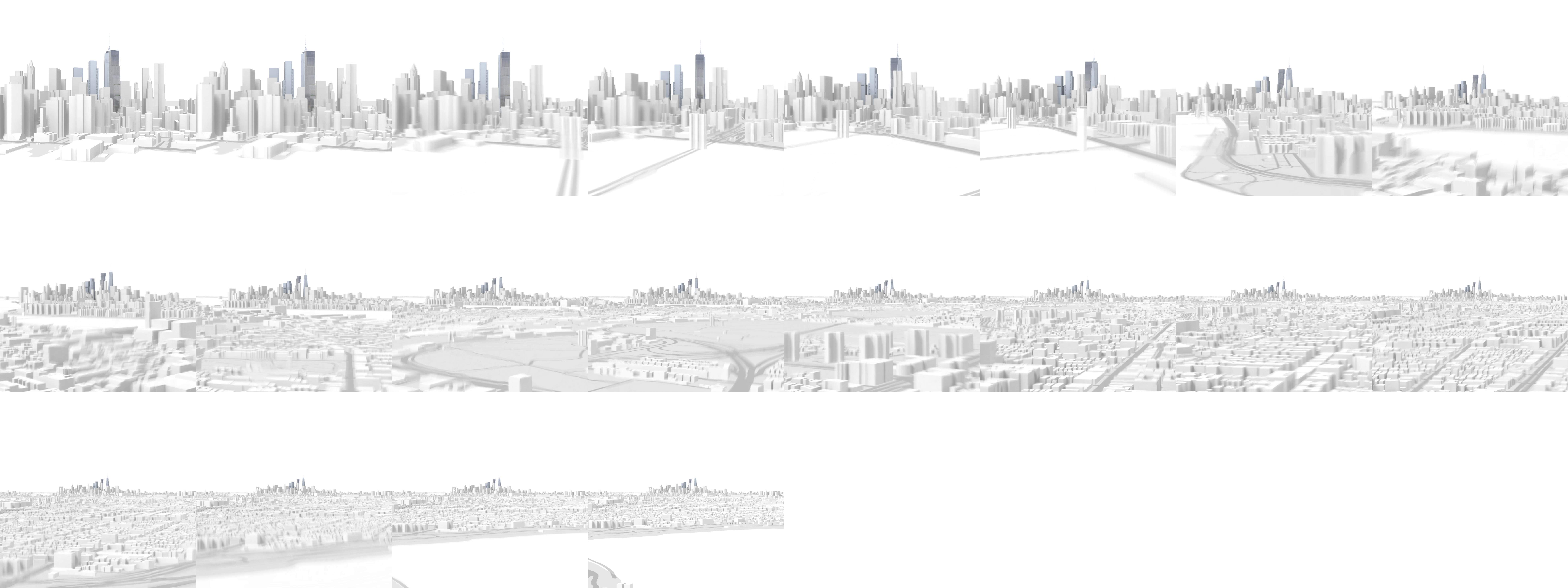The New York Times recently published an interactive piece titled “Five Views of 2 World Trade Center.” They explore the design for the newest building, a “stacked” figure, and how New York City will see it from five distinct places—Brooklyn Bridge Park, Flushing Queens, The Bronx Zoo, Hoboken NJ, and the Staten Island Ferry Terminal.
It begins with a close up 360 view of 2 World Trade Center from overhead, so you can see all sides of the building. Then they zoom out, presenting the views of the building from the five different locations, in a large scale version of a 360 view. You can zoom in at each one of these locations to see the exact shape of the building from that angle.
We were intrigued to see the New York Times use 360 to tell a story, especially with such a large object and in such a large area. We dug under the hood to see how they created this interactive piece, and found that they used a canvas to stitch together all the frames of the 360 view into one long jpeg, which looks like this:

We wanted to see if we could take this interactivity even further, and turn it into an Arqspin spin. We were able to do this by downloading their initial 360 view, which was a long jpeg, and chopping it up into individual frames. We uploaded these frames into the Arqspin system and now, as you can see below, you can drag it back and forth, or zoom in by double clicking:
A close up spin of 2 World Trade Center created by using The New York Times’ data
We’ve seen Arqspin users attempt to use our software to capture 360 views of buildings before, like this one in Bangkok, created by using a drone and a GoPro camera:
A spin of a building in Thailand
Many large retailers and some media outlets have started using 360 spins as a way to feature products for sale or for reviews. We hope to see more people use 360 spins to give more holistic views of large objects like buildings, or landscapes, as the New York Times has impressively done. It’s also interesting to see a graphic ideation of an object that doesn’t yet exist fairly easily turn into a spin. This would be a wonderful technology for architects or developers to use to feature new buildings or plans.
What do you think of this new use for 360? Have you tried creating spins of large objects? Let us know.
